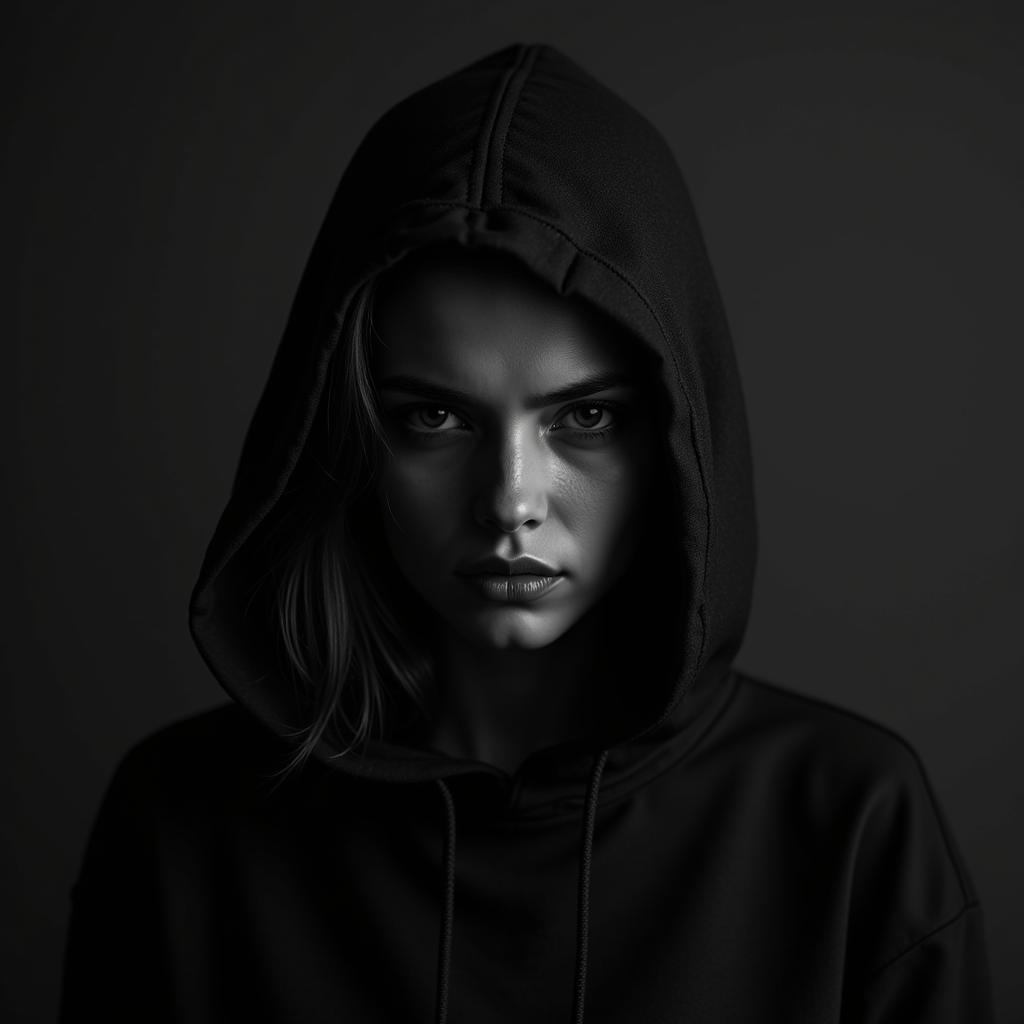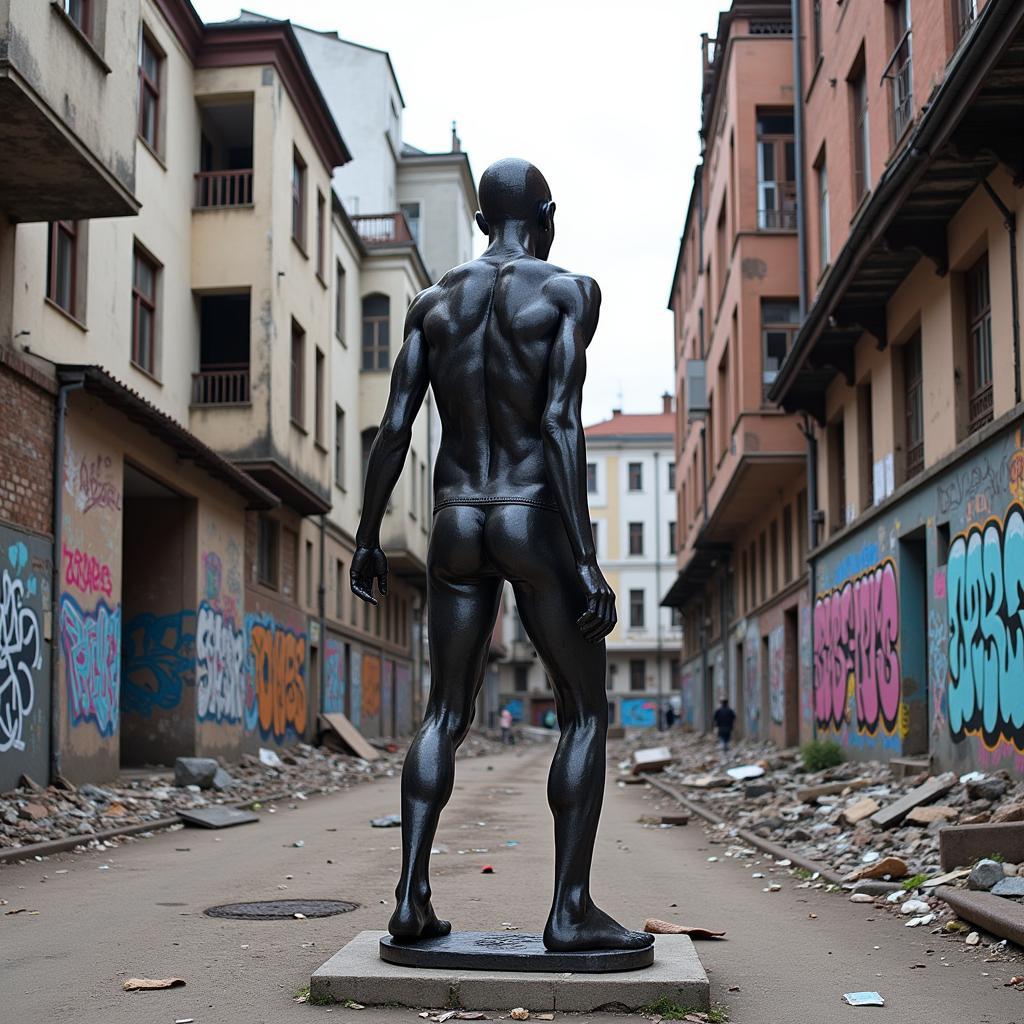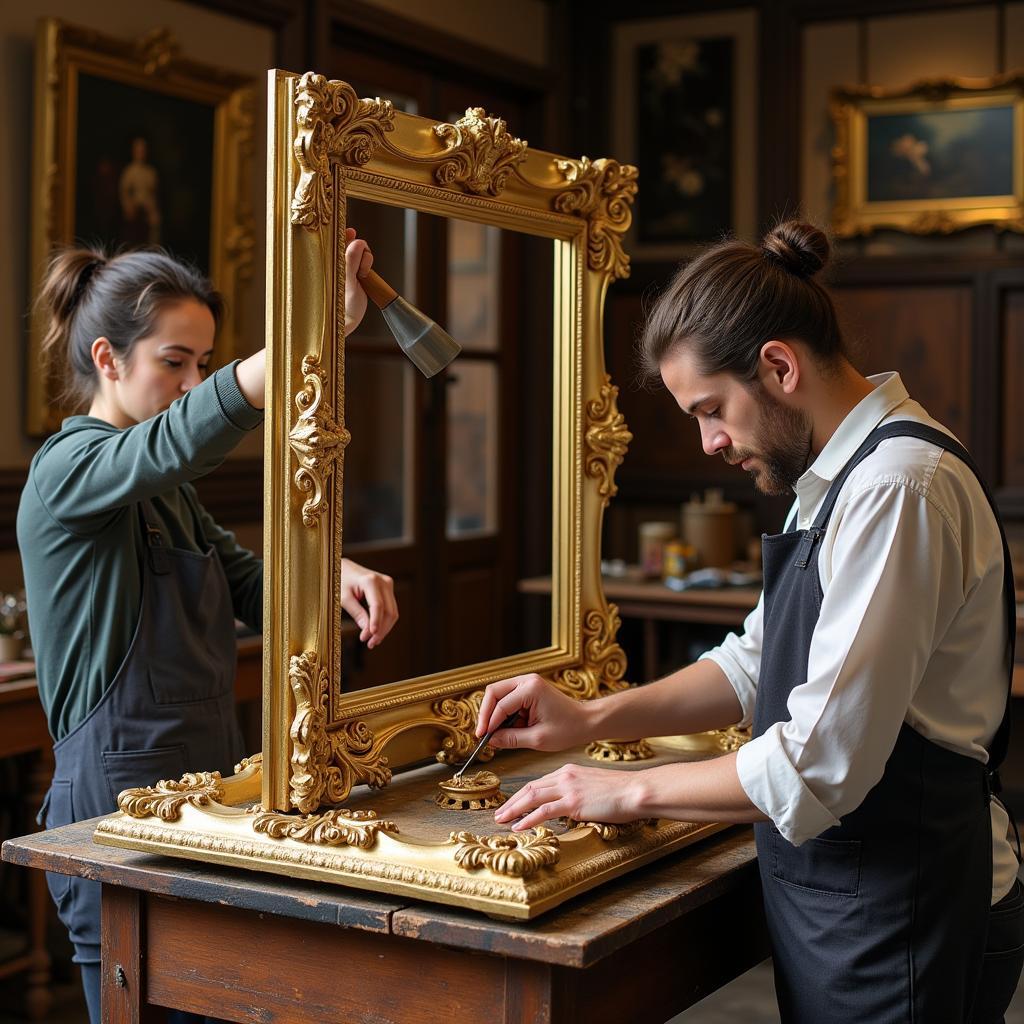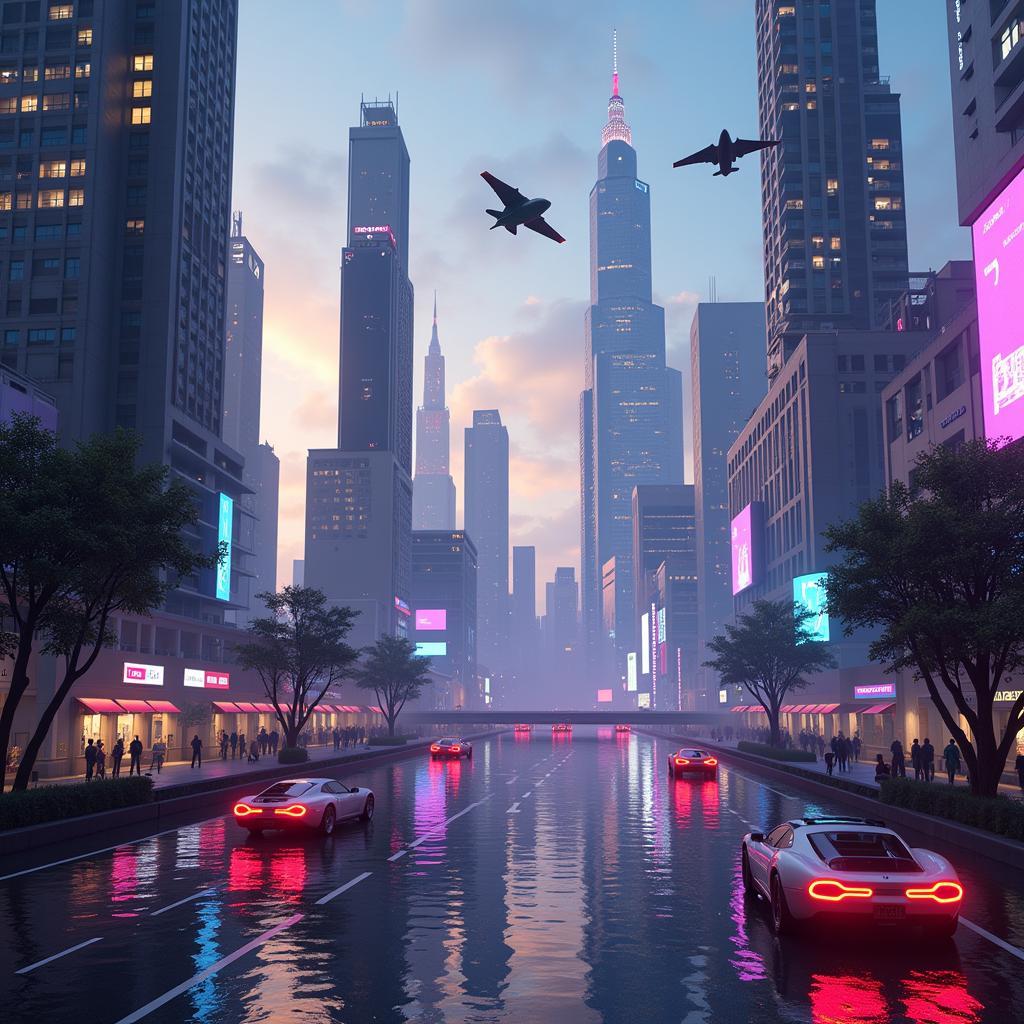Delving into the Depths of Misanthrope Art
Misanthrope Art, a fascinating and often unsettling genre, delves into the darker aspects of the human experience, reflecting a distrust or disdain for humankind. Unlike art forms that celebrate human connection, misanthrope art explores themes of isolation, alienation, and the perceived flaws of humanity.
 A portrait depicting misanthropy
A portrait depicting misanthropy
Unmasking the Misanthropic Gaze: Themes and Motifs
Misanthrope art often grapples with themes of social commentary, existentialism, and the darker facets of human nature. Artists working within this genre might explore:
- The Corruptive Nature of Power: Misanthrope art can serve as a powerful critique of societal structures and the abuse of power. Artists might depict oppressive regimes, corrupt officials, or the destructive consequences of unchecked ambition.
- The Fragility of Morality: Examining the thin line between good and evil, misanthrope art can question societal norms and the ease with which individuals can succumb to their darker impulses. This exploration often leads to morally ambiguous characters and narratives that challenge conventional notions of right and wrong.
- The Absurdity of Existence: Misanthrope artists may express a sense of existential dread or disillusionment with the human condition. Works in this vein often depict the meaninglessness of life, the inevitability of death, and the indifference of the universe.
- The Alienation of the Individual: The feeling of being an outsider, disconnected from society, is a recurring theme in misanthrope art. Artists might depict isolated figures, lost in urban landscapes, or struggling to connect with others.
 A sculpture reflecting misanthropy amidst urban decay
A sculpture reflecting misanthropy amidst urban decay
Deciphering the Language of Misanthropy: Styles and Techniques
Misanthrope art finds expression through a variety of artistic styles, each lending a unique voice to the genre:
- Surrealism: Distorting reality, surrealist artists create dreamlike and unsettling imagery that reflects the absurdity and chaos they perceive in the world. Salvador Dalí, a prominent figure in Surrealism, explored themes of paranoia and the subconscious, often incorporating distorted figures and unsettling landscapes into his works.
- Expressionism: This style emphasizes the artist’s subjective emotions and experiences, often through distorted forms, bold colors, and exaggerated lines. Edvard Munch’s iconic painting “The Scream” embodies the raw emotional intensity often associated with expressionism and its exploration of inner turmoil.
- Dark Humor and Satire: Using irony and wit, some misanthrope art critiques societal ills and human folly. Artists like William Hogarth and Francisco Goya employed satire to expose hypocrisy and corruption in their respective eras, using humor as a tool for social commentary.
- Dystopian Fiction: Literature and film often explore misanthropic themes through dystopian narratives, imagining bleak futures where humanity has succumbed to its worst impulses. Authors like George Orwell and Margaret Atwood have created chilling visions of totalitarian regimes and societal control, reflecting a deep distrust of unchecked power.
Is Misanthrope Art Simply Pessimistic?
While misanthrope art may appear pessimistic at first glance, it often serves a deeper purpose. By confronting the darker aspects of humanity, these works can:
- Spark Dialogue and Reflection: Misanthrope art challenges viewers to confront uncomfortable truths about themselves and the world around them, prompting critical thinking about societal issues and human behavior.
- Provide Catharsis: For both the artist and the viewer, misanthrope art can offer a form of catharsis, allowing for the expression and processing of negative emotions like anger, frustration, and disillusionment.
- Inspire Change: By highlighting societal ills and human flaws, misanthrope art can serve as a call to action, inspiring individuals to strive for a better world.
Misanthrope art, though often unsettling, offers a valuable lens through which to examine the human condition. It challenges our assumptions, provokes critical thinking, and ultimately, encourages us to confront both the beauty and the darkness within ourselves and the world we inhabit.



